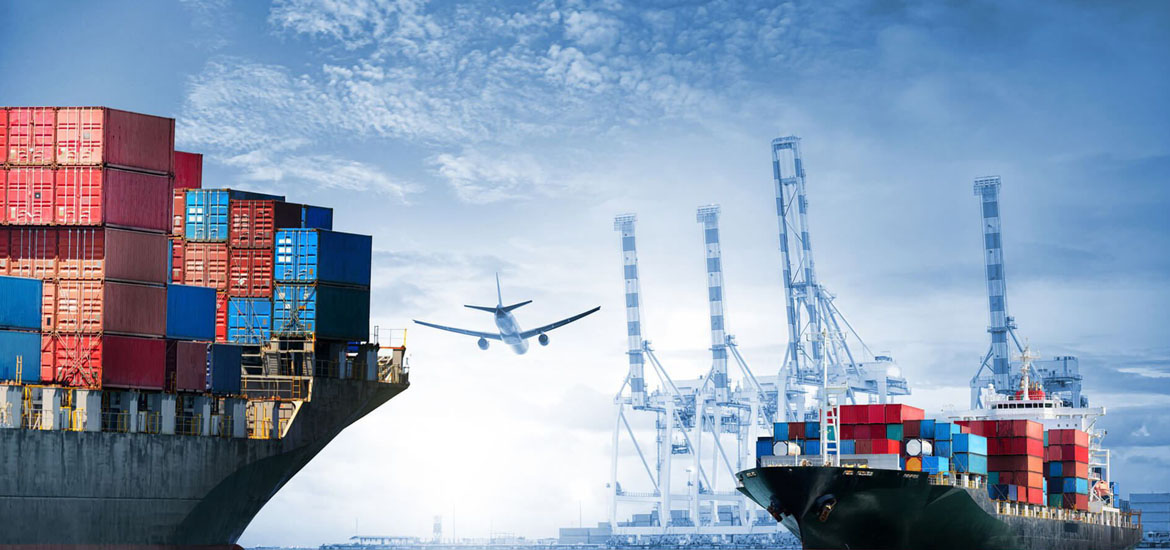The Shipbuilding Industry: Navigating the Future of Maritime Engineering
Introduction
The shipbuilding industry is a vital sector within the global economy, playing a crucial role in trade, defense, and transportation. It encompasses the design, construction, and maintenance of various types of vessels, from cargo ships and tankers to luxury yachts and naval vessels. In this blog post, we will explore the intricacies of the shipbuilding industry, its current trends, challenges, and the future landscape.
Understanding the Shipbuilding Industry
Key Components of Shipbuilding
The shipbuilding process involves several stages:
- Design and Engineering: This initial phase includes conceptualization, structural design, and the integration of various systems (navigation, propulsion, and safety). Advanced software and simulations are increasingly used to enhance efficiency and accuracy.
- Construction: Shipbuilding typically occurs in large shipyards, where steel is cut, shaped, and assembled into hulls. This process can involve various techniques, including welding and riveting.
- Outfitting: After the hull is constructed, interior systems (electrical, plumbing, and HVAC) are installed. This stage is crucial for ensuring the vessel meets safety and operational standards.
- Testing and Delivery: Once construction is complete, the ship undergoes rigorous testing to ensure it meets specifications before being delivered to the client.
Types of Vessels
The shipbuilding industry caters to a wide range of vessels, including:
- Commercial Ships: Cargo ships, bulk carriers, tankers, and container ships that facilitate global trade.
- Naval Vessels: Warships, submarines, and support ships used by naval forces for defense and security.
- Recreational Boats: Yachts, sailboats, and other vessels designed for leisure and tourism.
- Specialized Vessels: Offshore support vessels, research ships, and icebreakers that serve specific industries and functions.
Current Trends in the Shipbuilding Industry
Technological Innovations
The shipbuilding industry is embracing new technologies to improve efficiency and sustainability:
- Digital Shipbuilding: The use of digital twins, virtual reality (VR), and augmented reality (AR) in the design and construction process enhances collaboration and reduces errors.
- Automation and Robotics: Automation in manufacturing processes, such as welding and assembly, is increasing productivity and safety.
- Green Technologies: There is a growing emphasis on eco-friendly ship designs, including the use of alternative fuels (like LNG), energy-efficient hull designs, and emissions-reducing technologies.
Sustainability Focus
As environmental regulations tighten, the shipbuilding industry is prioritizing sustainability:
- Regulatory Compliance: Shipbuilders must adhere to international regulations, such as the International Maritime Organization (IMO) guidelines on emissions and fuel efficiency.
- Sustainable Materials: The use of recyclable materials and sustainable practices in ship construction is becoming more common.
- Retrofitting and Upgrading: Existing vessels are often retrofitted with new technologies to improve efficiency and reduce environmental impact.
Global Market Dynamics
The shipbuilding industry is influenced by various global factors:
- Economic Growth: Increased global trade drives demand for commercial vessels, while military budgets affect naval shipbuilding.
- Geopolitical Factors: Tensions and conflicts can lead to increased investment in naval capabilities, impacting shipbuilding orders.
- Supply Chain Challenges: The COVID-19 pandemic highlighted vulnerabilities in global supply chains, prompting shipbuilders to reassess sourcing and logistics strategies.
Challenges Facing the Shipbuilding Industry
Despite its importance, the shipbuilding industry faces several challenges:
- Labor Shortages: Skilled labor shortages are a significant concern, as many experienced workers retire and fewer young people enter the industry.
- High Costs: The shipbuilding process is capital-intensive, with significant investments required for facilities, technology, and skilled labor.
- Competition: Intense competition from shipbuilders in countries with lower labor costs can impact profitability and market share for established firms.
The Future of Shipbuilding
The future of the shipbuilding industry will likely be shaped by several key factors:
- Continued Technological Advancements: As technology evolves, shipbuilders will increasingly adopt automation, AI, and advanced materials to enhance efficiency and reduce costs.
- Emphasis on Sustainability: The push for greener vessels will continue, with innovations in propulsion systems and energy efficiency becoming standard.
- Resilience and Flexibility: The industry will need to build resilience against economic fluctuations and supply chain disruptions, requiring flexibility in operations and strategic planning.
Conclusion
The shipbuilding industry is a complex and dynamic field that plays a crucial role in global trade and defense. As it navigates the challenges and opportunities of the modern era, innovation and sustainability will be at the forefront. At Ikodan, we recognize the significance of this industry and are committed to supporting it through high-quality building materials and solutions tailored to shipbuilders’ needs. For more information about our products and services, visit our website or contact us today! Together, we can help shape the future of maritime engineering.

